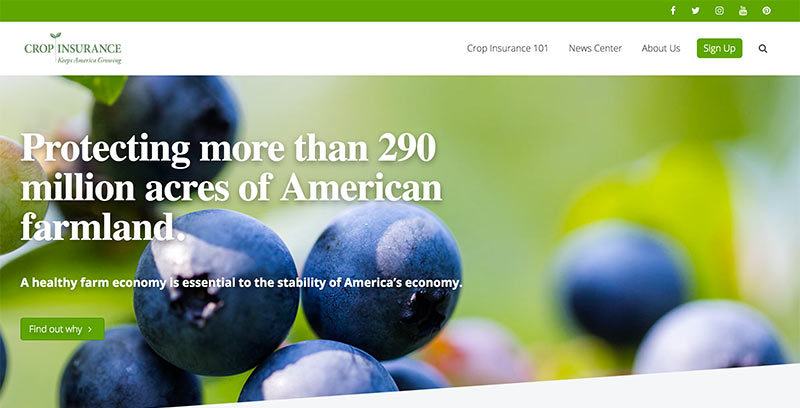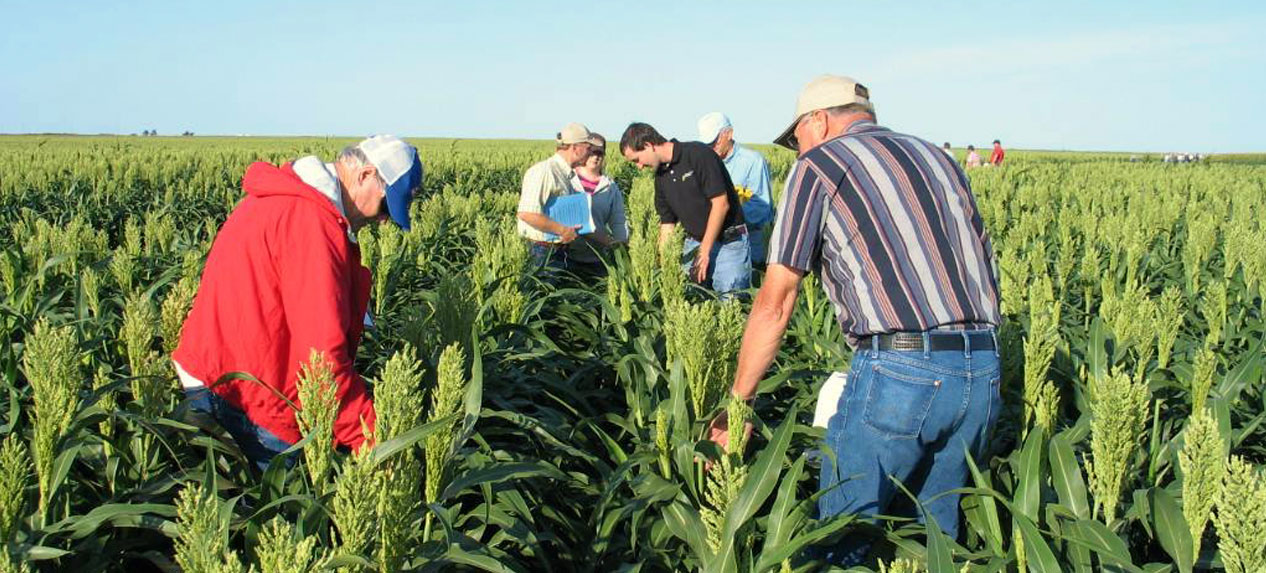Crop Insurance Saved Taxpayers $10.4 Billion Since 2002
Federal crop insurance has come in under budget every year since 2002 – the last year of major revisions to the program – saving taxpayers more than $10.4 billion in projected spending, according to a new analysis of Congressional Budget Office (CBO) data.
The savings, taken as the difference between the projected cost of the crop insurance program by the CBO and the actual cost of the program, shows that in some years, the CBO overestimated the cost of crop insurance by more than 45 percent.
| Year | CBO Estimate($ bil.) | CBO Actual($bil.) | Difference($ bil.) |
| 2002 | 2.876 | 2.818 | 0.058 |
| 2003 | 3.179 | 2.906 | 0.273 |
| 2004 | 3.682 | 3.366 | 0.313 |
| 2005 | 3.626 | 2.242 | 1.384 |
| 2006 | 3.864 | 3.291 | 0.573 |
| 2007 | 4.670 | 4.374 | 0.296 |
| 2008 | 7.746 | 4.146 | 3.600 |
| 2009 | 7.496 | 6.767 | 0.729 |
| 2010 | 7.784 | 4.547 | 3.237 |
| Total Savings | $10.4 billion |
For example, the difference between projected and actual cost ranges from being 6.3 percent too high in 2007 to 46.5 percent too high in 2008. In 2010, the most recent year for which final data are available, the CBO estimated the cost for crop insurance would be $7.784 billion, but the actual cost of the program was $4.547 billion, or 41.4 percent lower than projected.
The constant discrepancy is due to the fact that the CBO always assumes that the gross premiums—which include what the farmers pay and the government premium subsidies—will be equal to the indemnities paid out, which in the real world, is almost never the case.
Whenever the gross premiums exceed the indemnities paid, this excess is called the “gross underwriting gain.” This excess is divided between the Federal Crop Insurance Corporation (FCIC) and the private insurance companies. When the government’s share of the underwriting gains are positive, they help offset the cost of the premium subsidies provided to farmers. Such positive gains reduce the actual cost of the program to the taxpayers below what CBO had expected.
And these government underwriting gains and overestimates in the cost of the program have been consistent in recent years, and may continue into the future, while overestimates are the long running pattern and may continue in the future, although 2011 may prove to be one of the exceptional years given the record indemnities due to drought, floods, hurricanes and freezes.
Despite the size of the nation’s food and agriculture sector and the fact that agriculture has been a major economic factor in lifting this nation out of the long recession, federal investment in crop insurance is less than one-tenth of one percent of overall federal spending.






